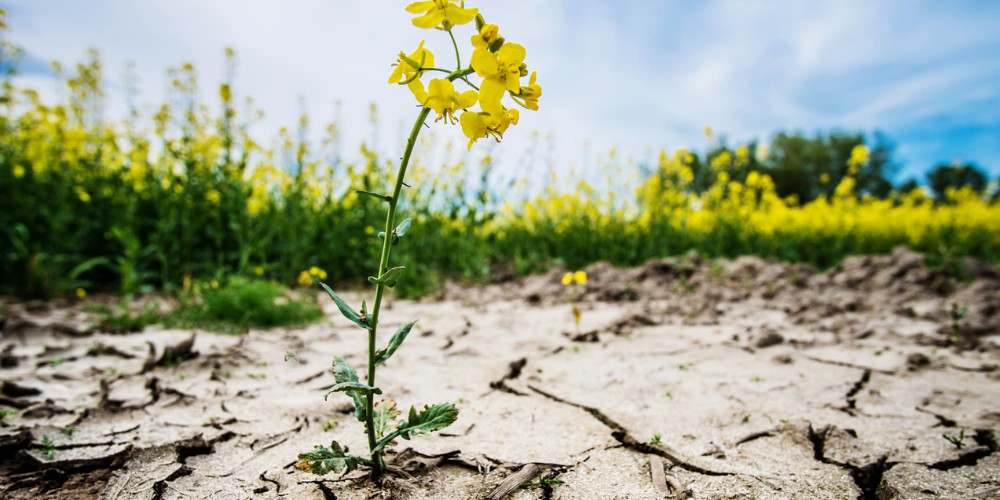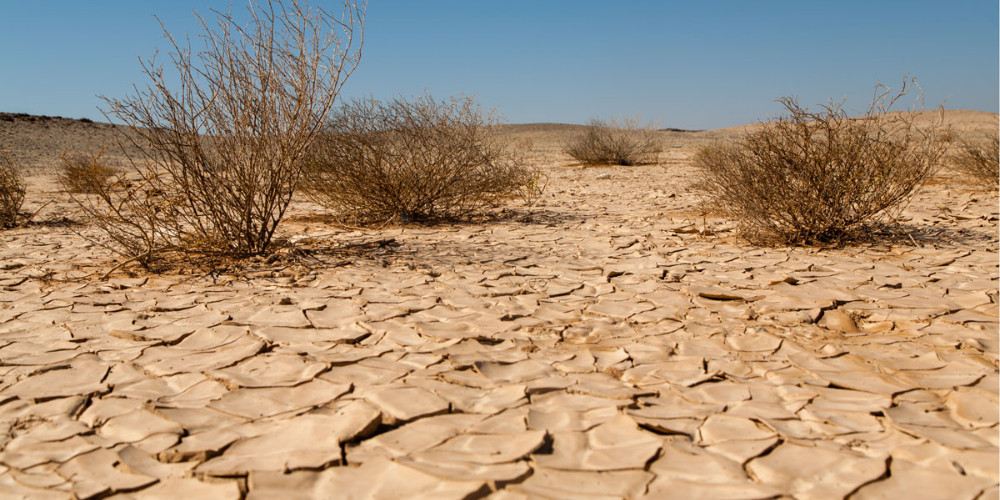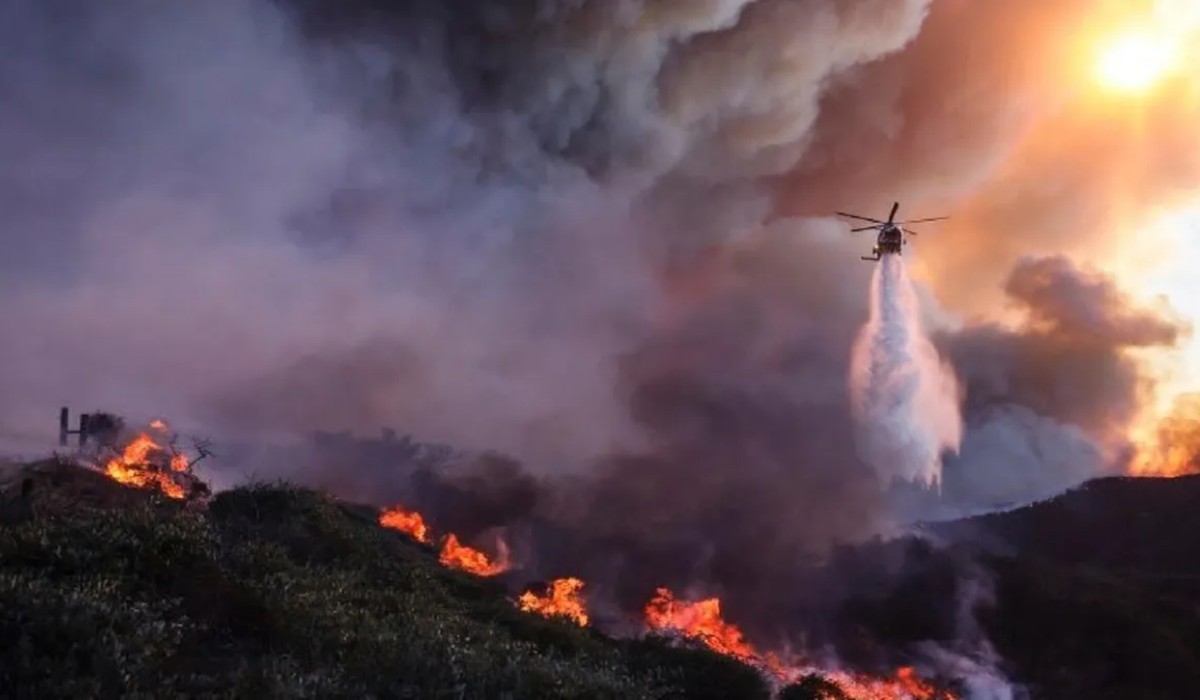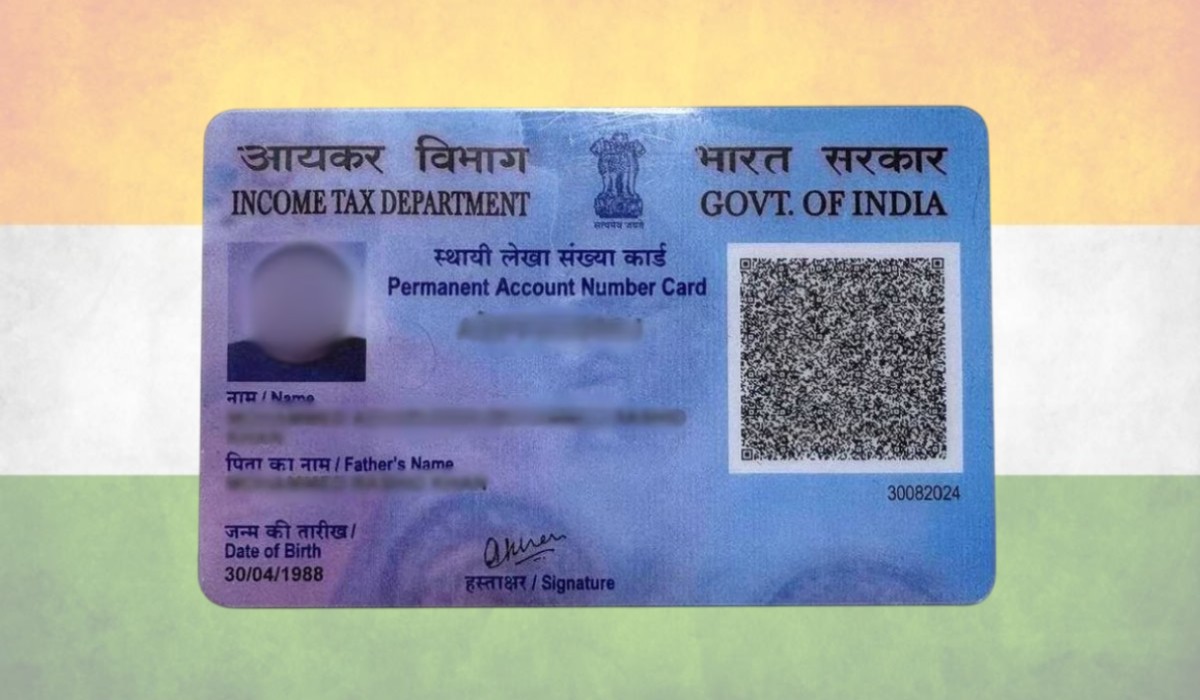Every year, on World Day to Combat Desertification and Drought, we come together to raise awareness about the pressing issues of land degradation and water scarcity. Led by the Secretariat of the United Nations Convention to Combat Desertification, this day serves as a reminder that land degradation neutrality (LDN) is achievable through problem-solving, strong community involvement, and cooperation at all levels. In this article, we will delve into the significance of this day and explore the actions we can take to combat desertification and drought for a sustainable future.
Understanding Desertification and Drought:
Desertification refers to the degradation of land in arid, semi-arid, and dry sub-humid areas. It occurs due to various factors, including climate change, unsustainable land management practices, deforestation, and overgrazing. As a result, fertile land turns into barren deserts, threatening ecosystems, biodiversity, and livelihoods of millions of people worldwide.

Drought, on the other hand, is a prolonged period of inadequate rainfall leading to water scarcity. It exacerbates the impact of desertification, intensifying the loss of agricultural productivity, food insecurity, and migration. Together, desertification and drought pose significant challenges to sustainable development and the well-being of communities.
The Significance of World Day to Combat Desertification and Drought:
This annual observance aims to promote public awareness and understanding of these environmental issues while emphasizing that LDN is achievable. It highlights the need for immediate action to protect and restore our land, ensuring its sustainability for future generations. By recognizing the interconnectedness of land, climate, and water, we can foster resilience and implement sustainable solutions.
Achieving Land Degradation Neutrality:
To achieve land degradation neutrality, it is crucial to adopt a holistic approach involving individuals, communities, governments, and international organizations. Here are some key strategies and actions that can contribute to this goal:
- Sustainable Land Management: Implementing sustainable land management practices, such as agroforestry, terracing, and conservation agriculture, helps restore degraded land, prevent soil erosion, and enhance water conservation. These practices promote biodiversity, increase carbon sequestration, and improve the resilience of ecosystems.
- Reforestation and Afforestation: Planting trees on degraded land and creating new forests can play a vital role in combating desertification. Trees act as natural carbon sinks, mitigate climate change, restore hydrological cycles, and provide habitats for diverse species. Additionally, they contribute to local economies through sustainable forestry practices.
- Water Conservation and Efficiency: Efficient water management is crucial in combating drought and desertification. Implementing water conservation techniques, such as rainwater harvesting, drip irrigation, and efficient water use in agriculture, can help reduce water scarcity and enhance agricultural productivity.
- Community Engagement and Capacity Building: Empowering local communities and involving them in decision-making processes fosters ownership and promotes sustainable land management practices. Providing education, training, and resources to farmers and land users enhances their capacity to adapt to changing environmental conditions.
- International Cooperation: Desertification and drought are global challenges that require international collaboration. Sharing knowledge, technology, and best practices among nations can accelerate progress toward land degradation neutrality. Financial support and investment in sustainable land management projects in affected regions are also essential.

The World Day to Combat Desertification and Drought serves as a vital platform to raise awareness and catalyze action toward combating land degradation and water scarcity. By recognizing that land degradation neutrality is achievable through problem-solving, community involvement, and cooperation at all levels, we can secure a sustainable future for our planet.











